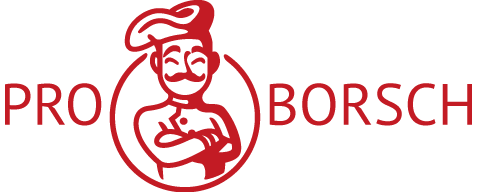Small-batch production is a production strategy that focuses on creating customized batches of products at a time, rather than industrial-scale producing thousands of units in a single run. This approach has gained traction in recent years, especially among niche brands and brands responding to rapidly changing consumer preferences.
It may seem counterintuitive, understanding the cost structure behind small lot manufacturing reveals key financial upsides that can justify the higher unit price.
One of the main economic benefits is decreased warehouse liability. Conventional large-scale manufacturing often requires large upfront investments in materials and labor, with the premise that each item manufactured will be sold. But if product relevance declines, companies are left with excess stock, leading to clearance sales, holding expenses, and product obsolescence. Low-volume production allows businesses to produce only what they can reasonably expect to sell, reducing waste expenditures.
A major strategic advantage is responsiveness. When manufacturing is scaled down, it becomes faster and more economical to improve functionality, act on consumer insights, or test new features. This nimbleness can lead to higher-quality offerings that resonate deeply with target audiences. In contrast, large-scale manufacturing locks companies into rigid manufacturing schedules where updates take weeks or months. The speed of product evolution can mean the critical advantage for brand survival.

Labor and overhead costs are often misunderstood in small lot manufacturing. Many assume that producing in custom quantities is naturally costlier per unit. Certainly, fixed expenses setup costs for machinery or tooling are allocated to smaller output volumes, advanced manufacturing tools like robotic fabrication have removed traditional constraints. Additionally, emerging labels partner with contract producers who offer scalable manufacturing solutions, making it easier to access high quality production without investing in expensive equipment.
Supply chain resilience is another economic advantage. Niche brands often partner with nearby vendors, アパレル雑貨 minimizing exposure to vulnerable overseas pipelines that are easily interrupted. This localization can lower transportation costs, shorten lead times, and increase consistency. In an era where international crises can shut down facilities, this regional strategy provides a strategic buffer.
Customer engagement also are enhanced by small lot manufacturing. Limited runs create a perceived rarity, which can enable value-based pricing and encourage repeat purchases. Consumers today increasingly value craftsmanship—all of which align naturally with small batch production. This emotional connection can translate into higher profit margins.
Lastly, small lot manufacturing promotes environmental responsibility by reducing overproduction. The mass-market product categories are famous for generating huge environmental footprints. Low-volume manufacturing helps produce only what sells, lowering environmental impact and resonating with green consumers who are not price-sensitive for transparent sourcing.
The financial logic behind low-volume production are not about mass-producing to reduce costs. Instead, they are about mitigating financial uncertainty, increasing responsiveness, enhancing brand value, and reducing environmental harm. For many modern businesses, especially those operating in dynamic industries, these benefits make small lot manufacturing a strategic imperative—but routinely the wiser investment.

Recent comments